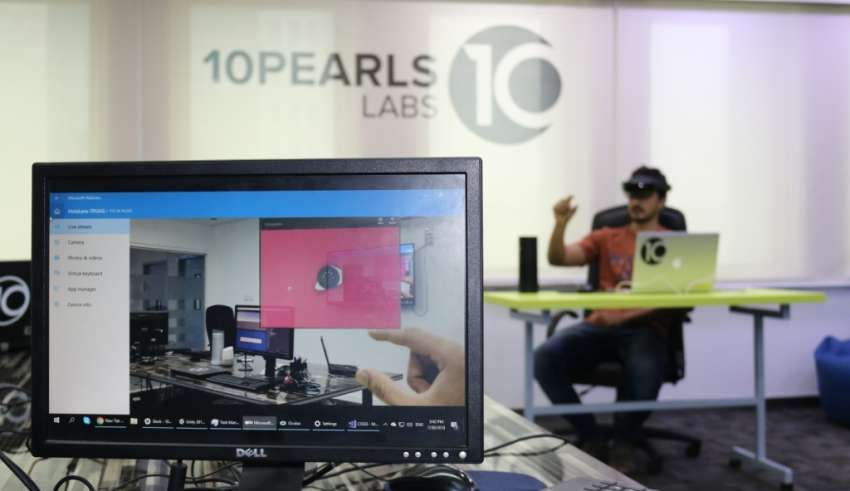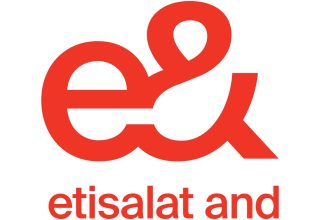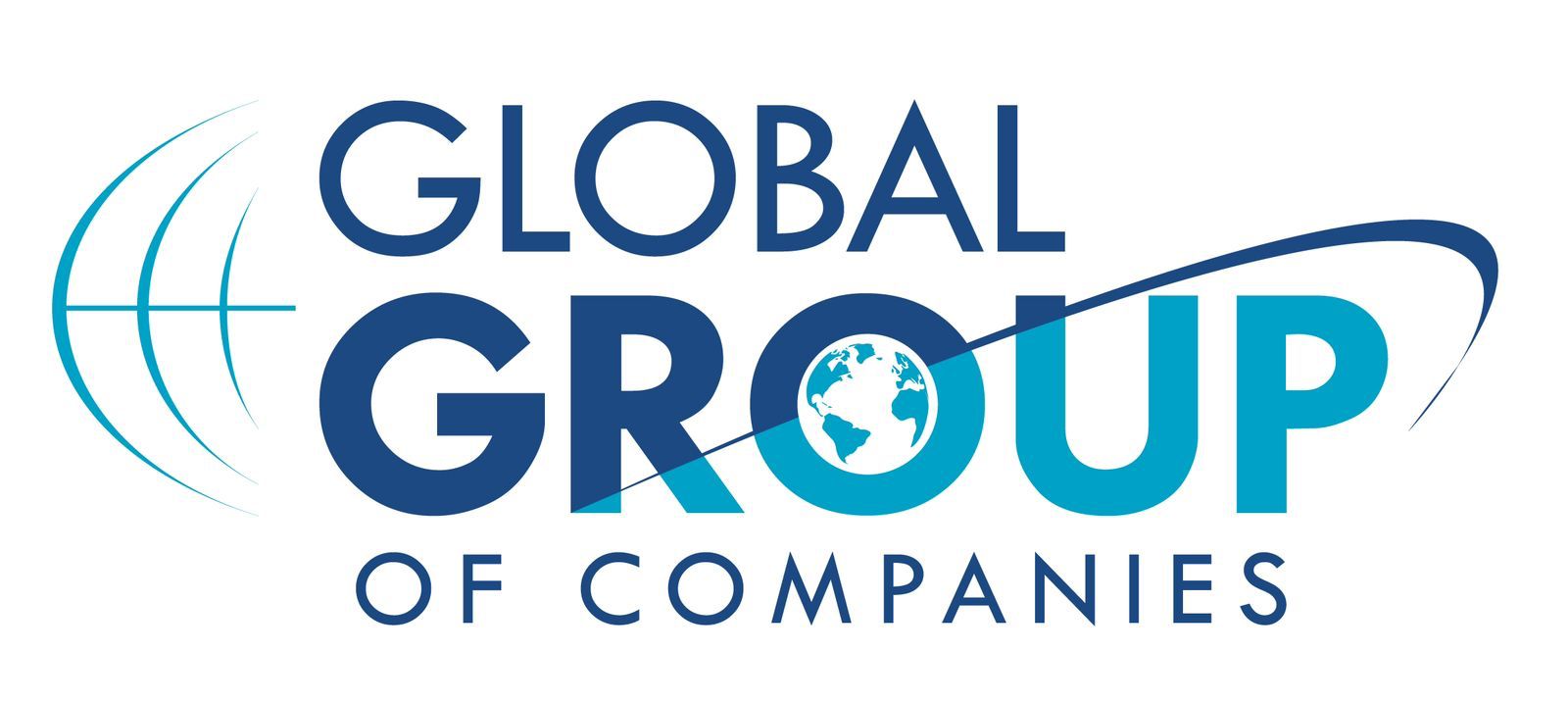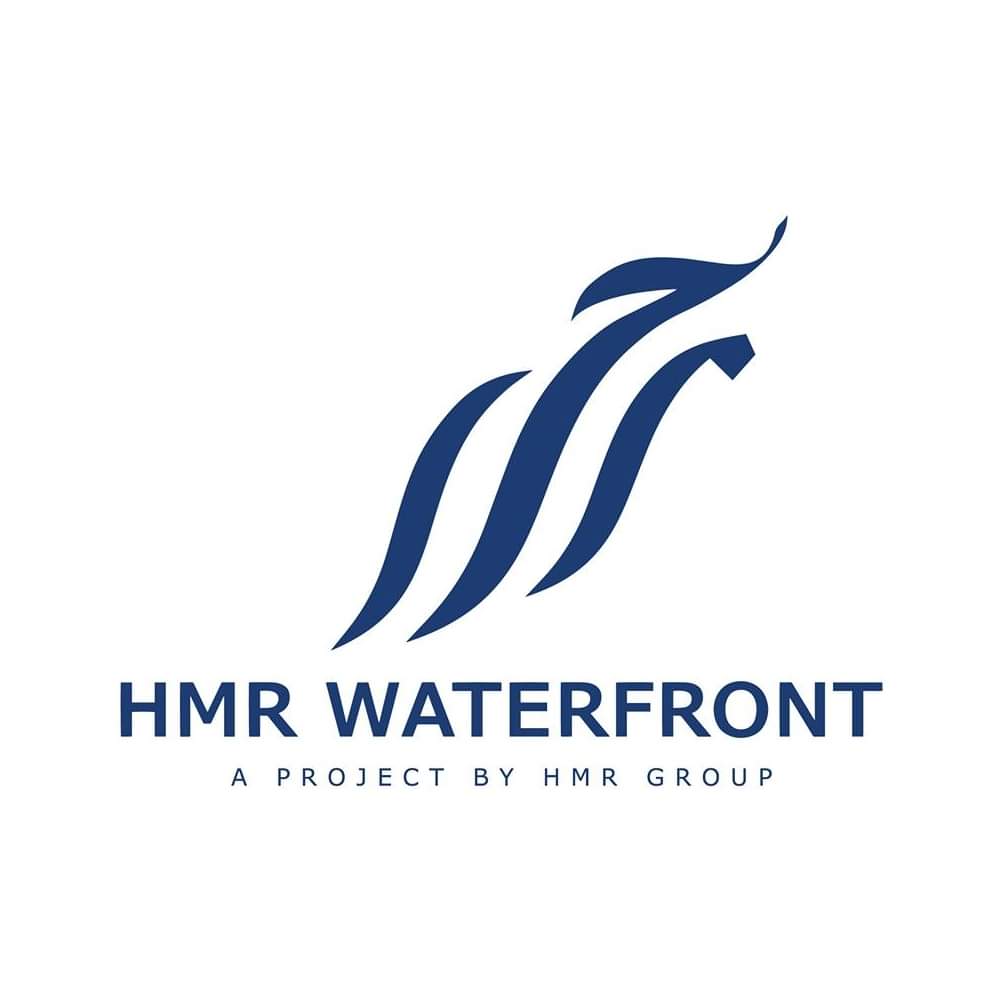
By: Imran Aftab, CEO 10Pearls
I’m often asked my opinion regarding the relative merits and fully-loaded cost of software development in various technology centers around the world. My response draws upon 15 years running a software development firm with teams on 3 continents and prior experience managing a $150 million outsourcing budget for a Fortune 100 Company. Here, summarized below, is what I usually say and I want to share it with you now.
Fifteen years ago I founded 10Pearls which has grown from nothing to a leading software development provider with over 500 employees and offices in the United States (DC, SF), Pakistan (Karachi), Colombia (Medellin), United Kingdom (London) and UAE (Dubai). Prior to founding 10Pearls, I lead the global outsourcing initiatives at companies like AOL-Time Warner and Sprint, managing $150 million budgets. Roughly 30% of that budget went to India and the rest was distributed across other continents. That individual experience, followed by many years of corporate experience as a provider of blended-shore product development, has resulted in a deep understanding of the industry and many helpful lessons about achieving the best value.
Here’s what you need to know:
- Cheaper is not better: In outsourcing, there is a difference between cost vs
price. Real cost is tied to the productivity or value you get for
your money. Cheap, Fast, Good…that is what Gartner recommends these days
(they actually put up that slide at a recent conference). However, the
more intangible components like “quality” are key (more on that shortly).
It’s also important to consider what additional skill
sets a development partner brings – technical know-how, cybersecurity
practices, design, etc.
- Productivity is key: The
biggest and most nebulous issue in outsourcing is productivity. This is
not just tied to hiring good tech talent but also, and most importantly,
retaining them (Churn puts the brakes on productivity). Yet, retention comes at a price and requires
sincere commitment. Most development services providers including the
largest firms do not take that into consideration, as evidenced by a lack
investment back in their employees, operations, processes, training, etc.
Additionally, productivity is a measure of the number of “productive”
hours a contributor is available for. It is important to take into
consideration in-country holiday schedules, cultural norms and work ethic.
Productivity is something that can definitely be measured and improved in
terms of development velocity.
- Leverage outsourcing for knowledge: There is a trade-off in innovation, efficiency,
and productivity between outsourced offshore vs captive offshore. The
latter can be effective when you reach a certain size, but the former
allows you to achieve the necessary critical mass, or “mindshare,” of a
larger and more diverse pool of talent efficiently. Therefore, unless you
can afford enough developers to justify your own “captive” shop, the partner you choose is absolutely the most important decision you can
make when it comes to the real cost
per person (as mentioned in the previous point with respect to productivity).
- Location, location, location: Optimizing between location and talent can be
tricky. Unless you are spending more than $5 million per year, your
dilemma is often: [Top tier location + Lower tier developers] versus
[Lower tier location + Top tier developers].
- Top Tier Locations: Factors that make a given location “top tier” include
the availability of technology skills, population size, English language
skills, political stability, currency arbitrage, IP protection laws, and ease
of doing business among other things. However, most top
tier locations are saturated, so it’s hard to compete with big
brands/businesses who are hiring there by the thousands. These locations are
also producing great start-ups of
their own. For example, Microsoft Teams (a killer product) wasn’t built in
Redmond. India, Costa Rica, Philippines, Mexico, and Poland are among the
conventional top tier locations.
- Lower Tier & Emerging
Locations: New offshore development
destinations are popping up everywhere in the world, thanks to the spread of
education and internet connectivity. Some may be suitable and some may not. For
example:
- Tunisia is coming up fast, but only
for mostly French speaking clients.
- Similarly, Eastern Europe (Ukraine,
Romania, Baltics, Czech) has plethora of options, but only good if you have
relatively small teams. These are smaller populations. Developers are also
known to be interested in more R&D focused work.
- Colombia is rising fast and is taking spillover from Costa Rica (which is now
saturated). However, cost and communication may be an issue.
- Vietnam, Bulgaria and Pakistan are emerging. They all have their challenges and benefits. Vietnam has communication issues, but very cheap rates. Bulgaria is attracting some very big names but has scalability issues. Pakistan has political perception issues, but a very big pool of quality developers – and is currently the 3rd largest English speaking country in the world, courtesy of the Queen.
- Tunisia is coming up fast, but only
for mostly French speaking clients.
- Top Tier Locations: Factors that make a given location “top tier” include
the availability of technology skills, population size, English language
skills, political stability, currency arbitrage, IP protection laws, and ease
of doing business among other things. However, most top
tier locations are saturated, so it’s hard to compete with big
brands/businesses who are hiring there by the thousands. These locations are
also producing great start-ups of
their own. For example, Microsoft Teams (a killer product) wasn’t built in
Redmond. India, Costa Rica, Philippines, Mexico, and Poland are among the
conventional top tier locations.

All these factors are responsible for the variation in cost from region to region. The development partner you choose will represent some cross-section of the factors mentioned above, good or bad, and that is why it’s important to choose wisely. Is the company investing back in its employees adequately? Is the company running a small sweat shop? Are you paying a premium for a blue-chip brand? (I won’t name any names here 
Sample Rates by Region:
- India rates vary from $15/hr to $65/hr
- Eastern Europe rates vary from $25/hr to $75/hr
- Latin America rates vary from $28/hr to $75/hr
As you can see, there are many factors that go into real productivity and outcomes. I will be the first to tell you that not all functions should be outsourced. For example, user experience is contextually and culturally sensitive, and probably not a good area to outsource. Having a “right source” strategy that’s aligned with your culture and business goals is essential.
I’ll throw this in here as well…we could see a comeback of so-called “rural sourcing” post-COVID-19 now that we’re all used to working remotely. The challenge with that is that now, more than ever, the demand for digital transformation is likely to gobble up all the developers.
Do you have a digital initiative you’d like to discuss? Schedule a consultation with our team today.
















